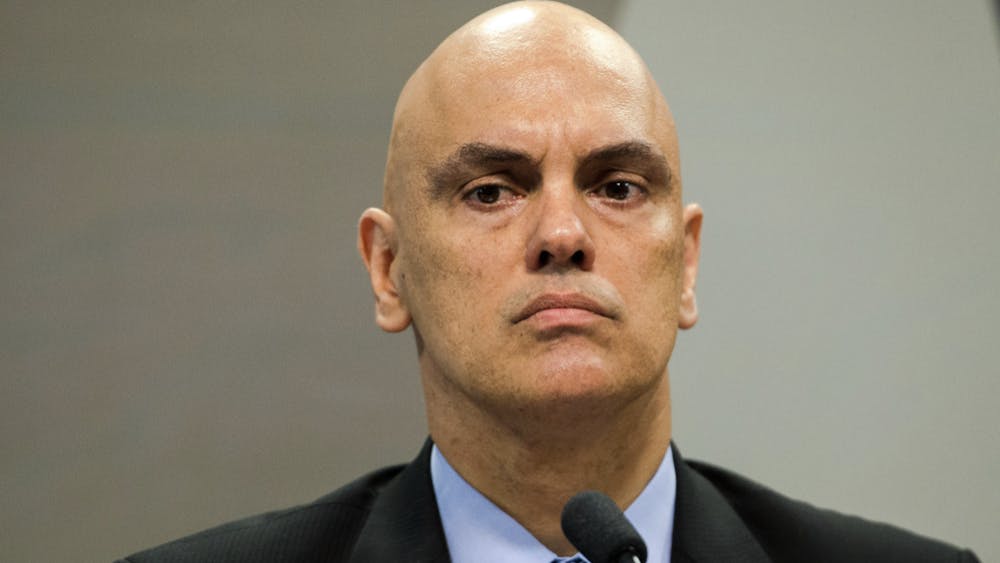During Energy Week 2018, Darron Scott, president and CEO of Kodiak Electric Association in Alaska, spoke about his island’s transition to nearly 100% renewable energy. This was done without rate increases to the members of the co-op. Hawaii is working toward a fossil free future by 2045. Across the U.S., over 100 counties, cities and states have committed to similar plans. Hurricane Maria, which caused a historic blackout in Puerto Rico, has opened the door to the potential for a future of energy independence. Currently, Puerto Rico generates most of its electricity from imported fossil fuels and relies on an antiquated, centralized system of power plants and electrical lines over mountainous terrain that cost $3 billion and 11 months to restore to less than pre-hurricane status. The cost of energy per household is about 20 cents per kilowatt-hour compared to the mainland’s average of 13 cents. Economics and common sense call for a more localized and resilient energy layout for an island that lies in the heart of Hurricane Alley. Arturo Massol-Deyá, executive director of the award-winning non-profit Casa Pueblo, also spoke to the Notre Dame community during Energy Week. Based in the mountain town of Adjuntas, Puerto Rico, Casa Pueblo was able to jump into action immediately after the hurricane because of its solar-battery installations. The organization was able to save lives by providing electricity for medical devices such as ventilators and dialysis machines, along with refrigeration for medications. Other individuals and communities have begun the transition; the number of solar panels installed on the island doubled in the year following Maria. Abundant sun and wind resources could serve as economic drivers into the future, and the surrounding ocean could become a laboratory for sea wave and ocean thermal research. As decisions are being made about how to spend billions of dollars to rebuild Puerto Rico, there are alternative proposals for its energy future that involve major investments in natural gas import terminals and power plants. Some are calling for the island to become a regional natural gas hub for the Caribbean. Such investments would reduce funding for renewable development and potentially lock Puerto Rico into a system that values profit over practicality for generations. Fr. Jenkins has called for Notre Dame “to connect with organizations on the ground (in Puerto Rico) to help the many people still on the road to recovery.” We the undersigned organizations of the Notre Dame community encourage others to join ND Energy in supporting Casa Pueblo and its campaign for “a path to energy self-sufficiency based on local, clean, and renewable resources.” To learn more and find out how you can get involved, go to energy.nd.edu.
Anne Berges Pillai
Education and Outreach Associate Program Director
Center for Sustainable Energy at Notre Dame (ND Energy)
Department of Romance Languages and Literatures
John J. Reilly Center for Science, Technology, and Values
Notre Dame Initiative for Global Development
Center for Civic Innovation
Notre Dame Environmental Change Initiative
Jan. 21













